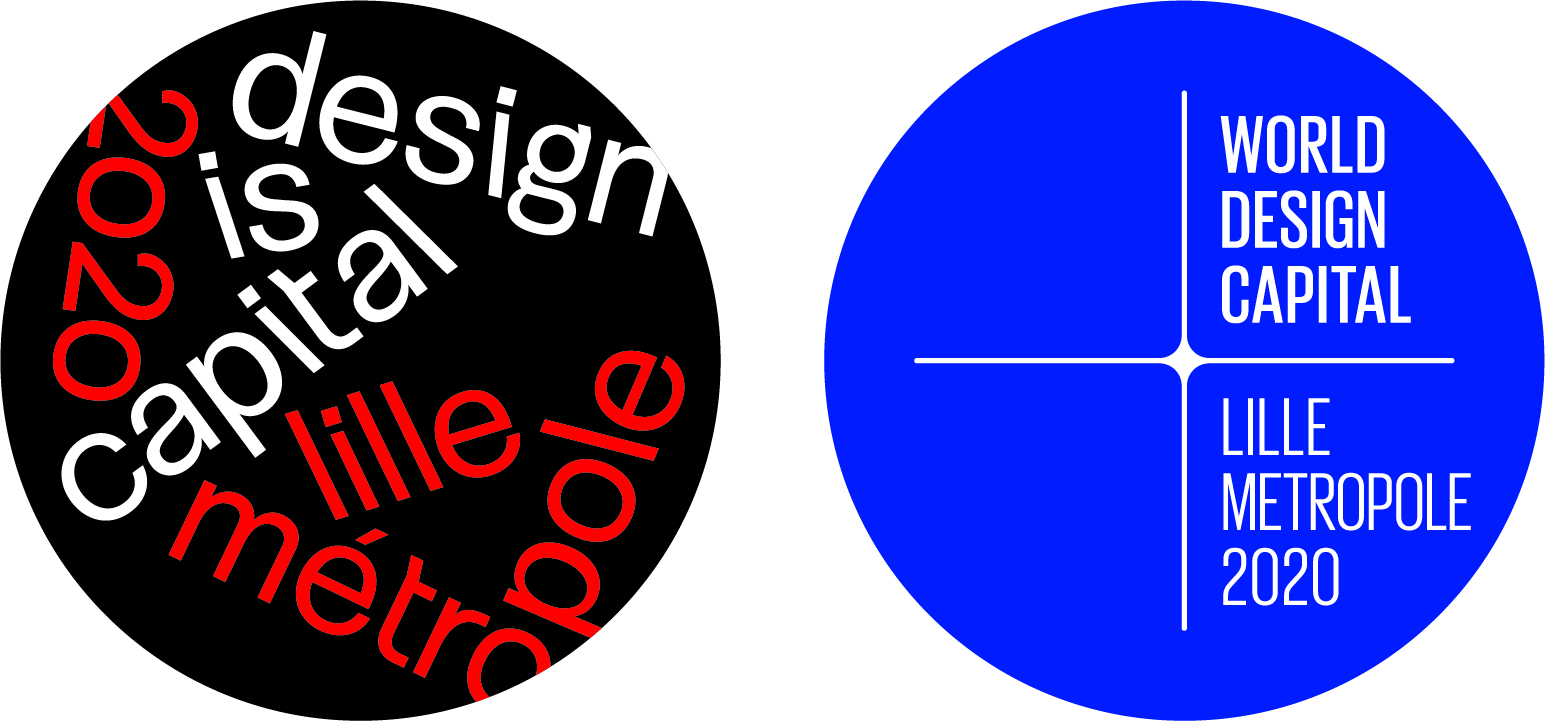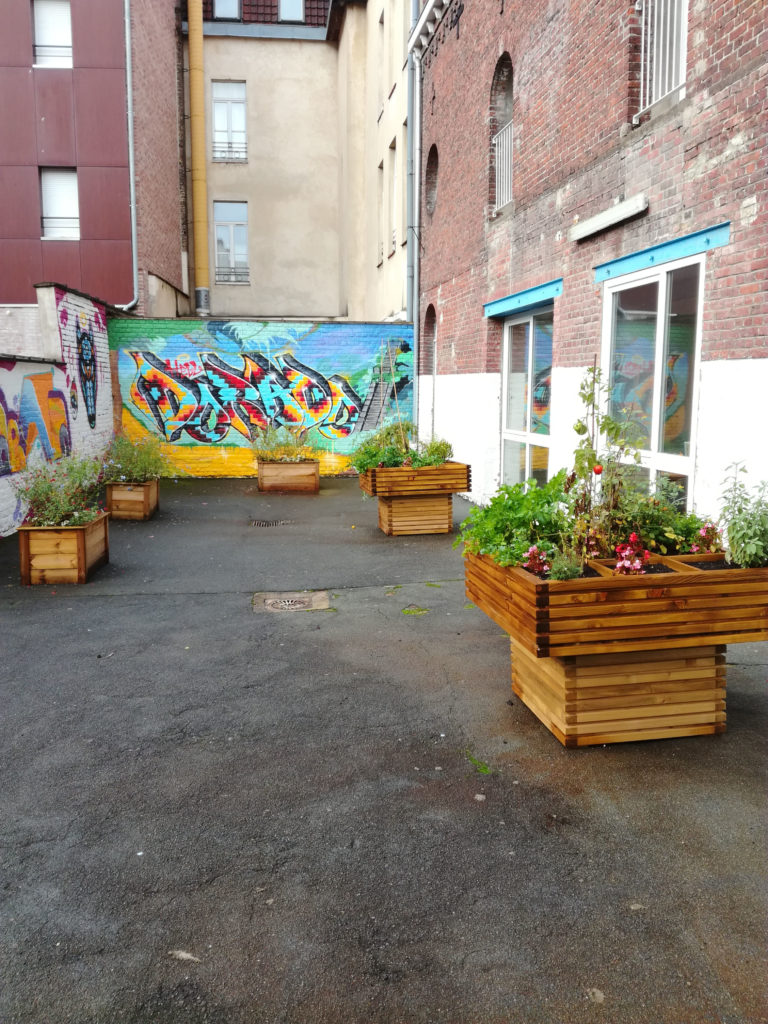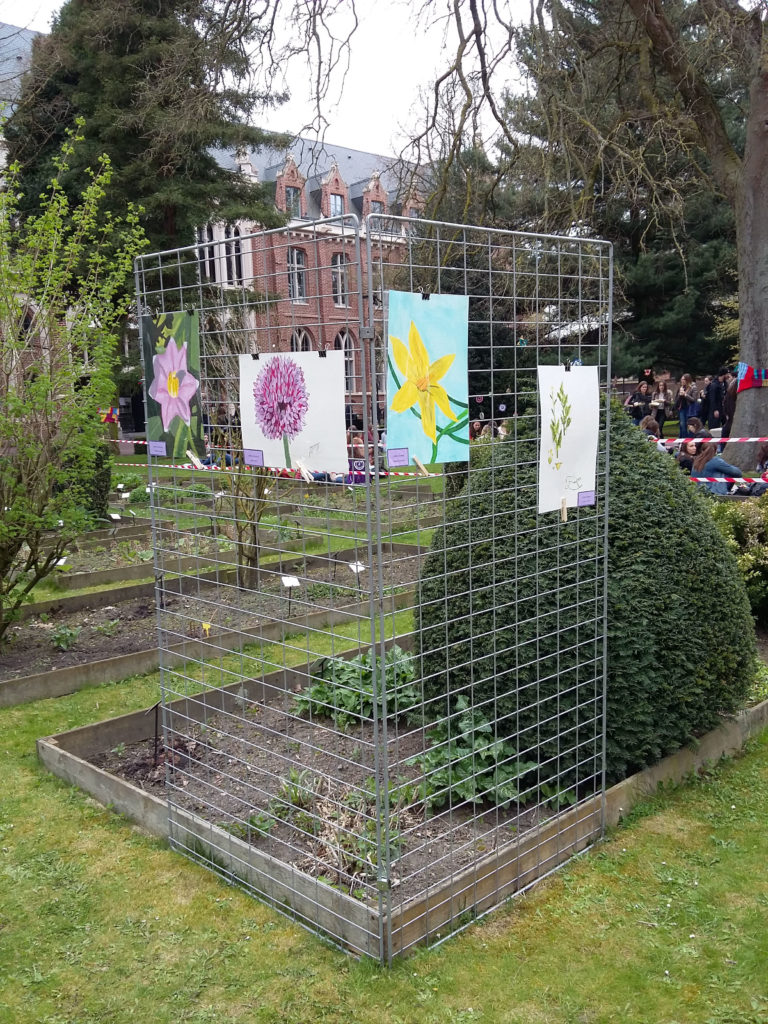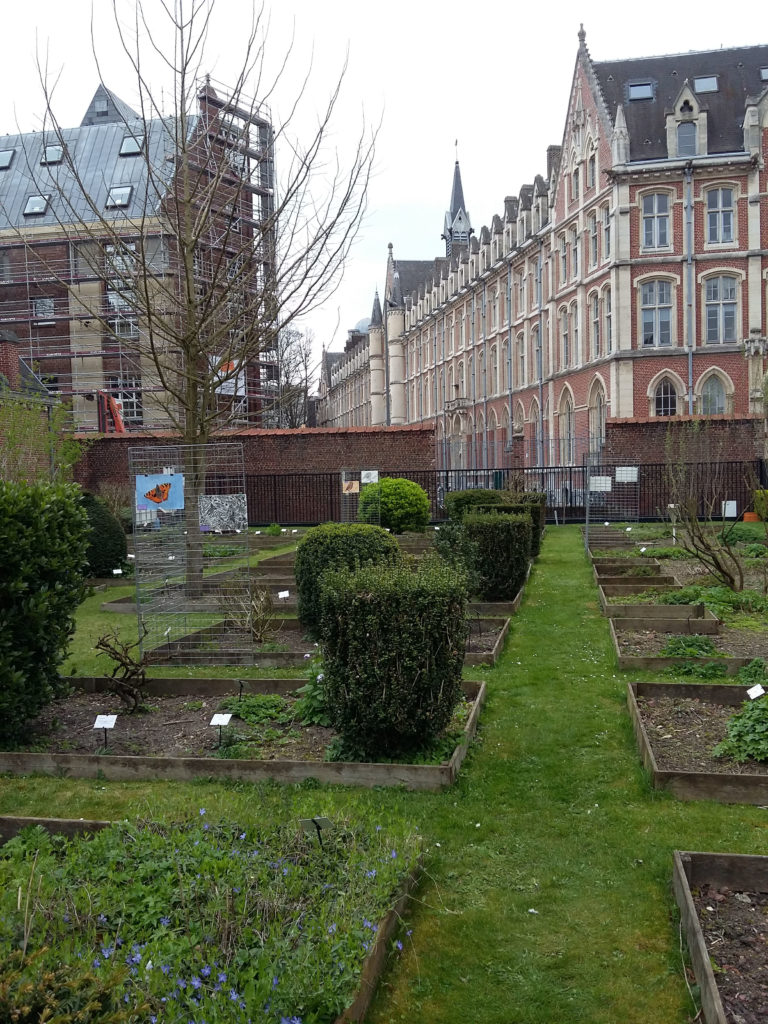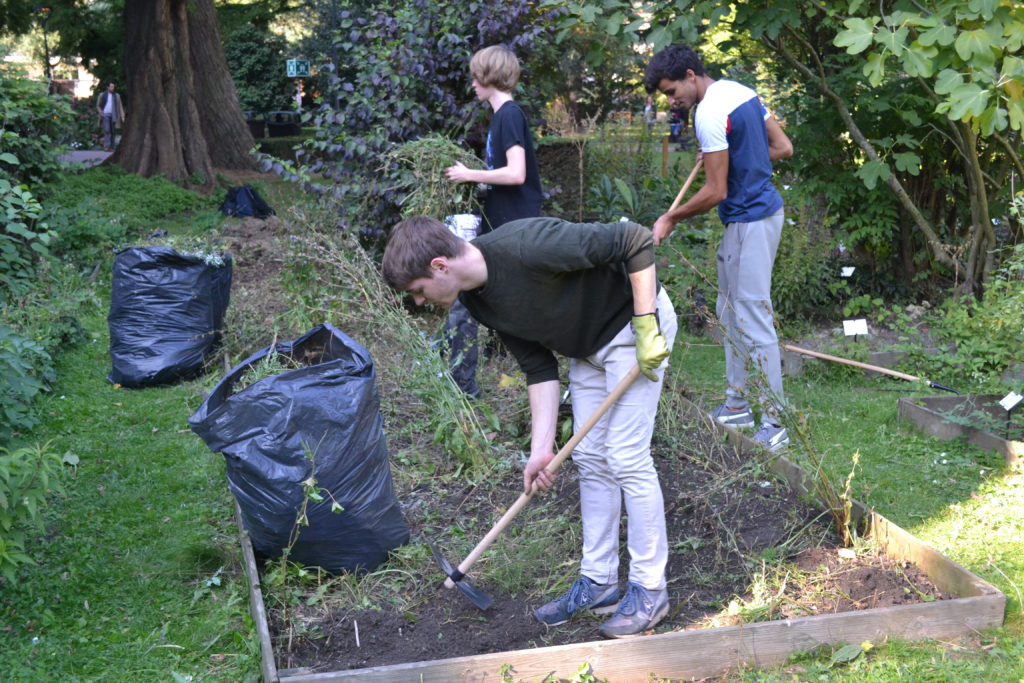Poc Rues végétalisées
Campus ZEN, Zero Net Emission!
It is a growing movement: more and more cities want to vegetate public spaces and encourage citizen initiatives to reintroduce biodiversity into the city. Nature is important for everyone: not only for the pleasure of the eyes, but also to build cities that are able to withstand heat waves and where air quality is improved…
Shared living environment
To federate the initiatives of the Catholic University of Lille, of local authorities and citizens, the idea of a ZEN Campus originated in 2019 around the theme of “a shared living environment” between the University and the neighbourhood Vauban-Esquermes. The ZEN Campus, ZEN as in “Zero Net Emission” of carbon, aims to turn its environment into a reference territory for issues relative to the living environment, mobility and integration of the University in the city. To achieve this, the project will be based on the “construction of a program plan for shared living environments”and on experiments handling the Campus’ collective spaces: development of nature in the city, reduction of nuisances, increased safety, etc. These actions will be demonstrative for the rest of the neighbourhood and will help raise awareness among citizens.
Vegetate the streets!
Improving the living environment of the Campus and the neighbourhood starts by introducing more nature into the city, and especially by vegetating the streets of the neighbourhood Vauban-Esquermes. Through the initiative of the Association de la rue Camille Desmoulins, citizens have been able to reappropriate local spaces and at the same time strengthen neighbourhood ties. Greening of the facades and street planting: private initiatives join forces with public interventions, and citizens participate in the embellishment of their daily living environment.
- Porteurs de projet/Project holders : Université Catholique de Lille
- Acteurs/Stakeholders : Association de la rue Camille Desmoulins, collectifs d’habitants du Quartier Vauban-Esquermes inhabitants communities
- Crédits photo / photo credits : Université Catholique de Lille
